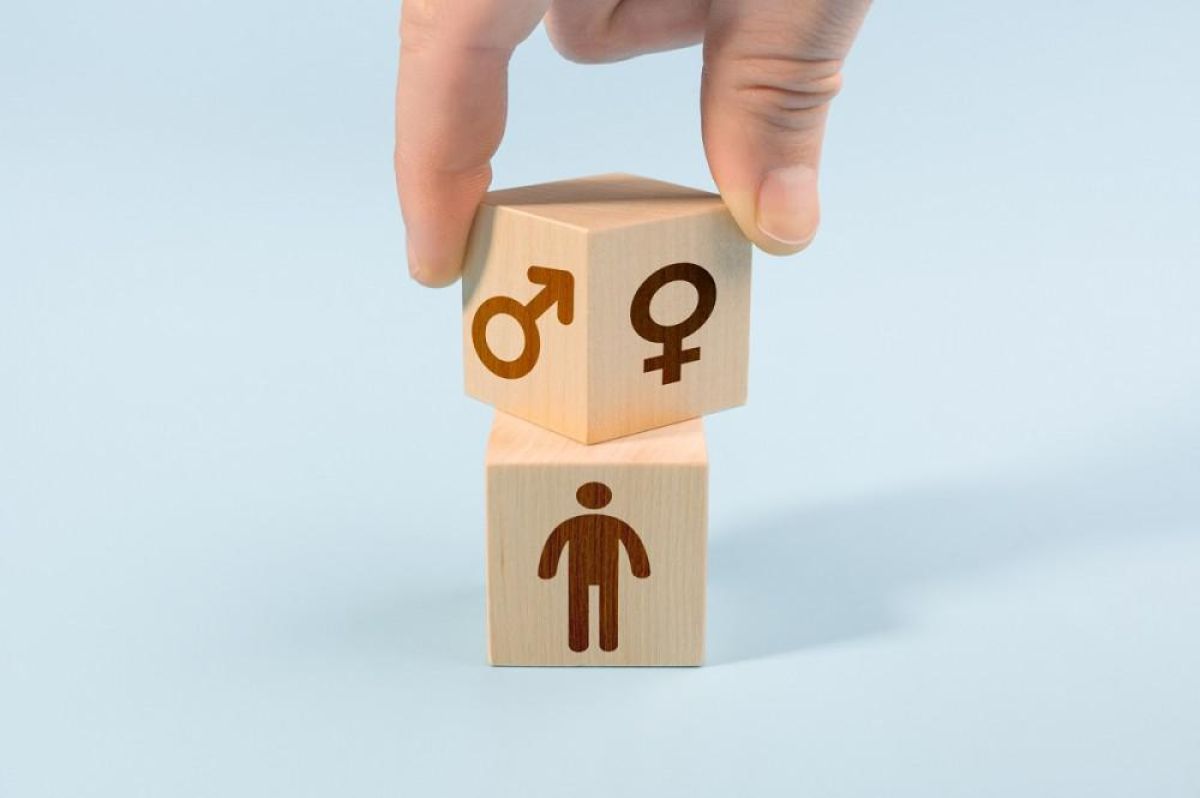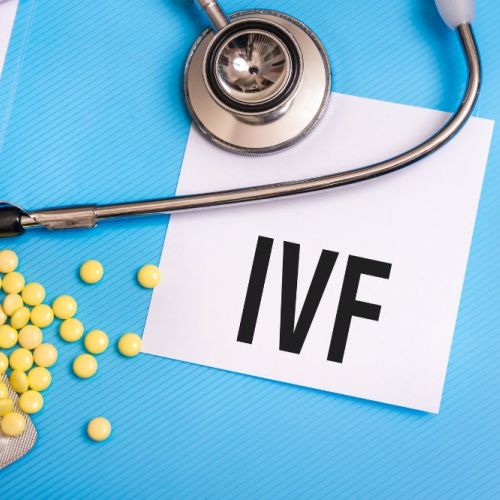How Does Gender Selection Work?

Determining the gender of your baby is the topic of baby shower games and old wives tales. Parents don’t have to wait very long to find out their baby’s gender anymore. Prenatal blood testing can reveal your baby’s sex at 11 weeks gestation.
Some parents don’t want to wait that long or leave biological gender to chance. They desire to determine the baby’s gender at the time of conception. With advancements in reproductive technology, it’s entirely possible to choose your baby’s gender.
At California Center for Reproductive Health, our specialists help parents who want to select their baby’s gender for medical or personal reasons. Here’s how the process of gender selection works.
Reasons for gender selection
Many parents look forward to the 20-week (or so) ultrasound at which gender can be determined. Others wait until delivery day to get the ultimate surprise.
But, many parents don’t joyfully anticipate this surprise. Choosing a baby’s biological gender allows parents to enjoy knowing the sex of their baby long before delivery day.
Parents may want to select their baby’s gender to:
- Determine the biological gender of their only or firstborn child
- Have ample time to prepare for baby
- Balance the sexes of children in the family
- Eliminate the chance of sex-linked diseases
Talk to our team about your family goals to determine if gender selection is right for you.
Methods of gender selection
Our team offers two methods of gender selection. Each type varies in accuracy.
Ericksson sperm washing
Ericksson sperm washing involves taking a sample of the male’s sperm and “washing it in a special solution. We then spin it in a centrifuge for several minutes. This process separates X-bearing (female) sperm from Y-bearing (male) sperm. The sperm with the desired gender is then artificially inseminated into the mother with hopes of fertilization and implantation in the uterus.
The Ericksson method gives you a better chance of having a baby of one sex over the other, but is no guarantee. There can be overlap between X-bearing and Y-bearing sperm.
Preimplantation genetic diagnosis (PGD)
Parents undergoing in vitro fertilization have embryos created in a lab. The sex of each embryo is determined using PGD, a type of preimplantation genetic testing. PGD also detects any genetic abnormalities, which allows us to select the healthiest embryos of your desired sex.
We then place the embryo(s) in your uterus with hopes of implantation and a healthy pregnancy. PGD has a 100% success rate in sex determination. While PGD does come with some risks, our procedure is quite safe and effective.
PGD can also detect abnormalities in an embryo that could lead to pregnancy loss, especially in women of advanced maternal age or those who experience recurrent pregnancy loss. The testing makes it more likely that you’ll have a successful IVF cycle as well as a baby of the gender of your choosing.
Our team at California Center for Reproductive Health wants to give you the best chance to have the family of your dreams. Whether you’re struggling with infertility, desire gender selection, or need egg or sperm donation, we have the technology, expertise, and compassion to help. Call one of the offices in Encino, Valencia, or West Hollywood, or reach out via this website to schedule your appointment with our specialists.
Eliran Mor, MD
Reproductive Endocrinologist located in Encino, Santa Monica, Valencia & West Hollywood, CA
FAQ
Reproductive endocrinology and Infertility is a sub-specialty of Obstetrics and Gynecology. In addition to managing medical and surgical treatment of disorders of the female reproductive tract, reproductive endocrinologist and infertility (REI) specialists undergo additional years of training to provide fertility treatments using assisted reproductive technology (ART) such as in vitro fertilization.
Reproductive endocrinologists receive board certification by the American Board of Obstetrics and Gynecology in both Obstetrics and Gynecology and Reproductive Endocrinology and Infertility.
In general, patients should consider consulting with an REI specialist after one year of trying unsuccessfully to achieve pregnancy. The chance of conceiving every month is around 20%, therefore after a full year of trying approximately 15% of couples will still not have achieved a pregnancy.
However, if a woman is over the age of 35 it would be reasonable to see a fertility specialist earlier, typically after 6 months of trying.
Other candidates to seek earlier treatment are women who have irregular menses, endometriosis, fibroids, polycystic ovary syndrome (PCOS), women who have had 2 or more miscarriages, or problems with the fallopian tubes (prior ectopic pregnancy).
Approximately 1/3 of the time cause for infertility is a female factor, 1/3 of the time a male factor, and the remaining 1/3 a couples’ factor.
At CCRH, we emphasize the importance of establishing a correct diagnosis. Both partners undergo a comprehensive evaluation including a medical history and physical exam.
Furthremore, the woman’s ovarian reserve is assessed with a pelvic ultrasound and a hormonal profile. A hysterosalpingogram (HSG) will confirm fallopian tube patency and the uterine cavity is free of intracavitary lesions. A semen analysis is also obtained to evaluate for concentration, motility, and morphology of the sperm.
Additional work up is then individualized to direct the best possible treatment option for each couple.
In vitro fertilization (IVF) is the process that involves fertilization of an egg outside of a woman’s body.
The process starts with fertility drugs prescribed to help stimulate egg development. In your natural cycle, your body is only able to grow one dominant egg, but with stimulation medication we can recruit multiple eggs to continue to grow. After about 8-10 days of stimulation, the eggs are surgically retrieved and then fertilized with sperm in a specialized laboratory. Fertilized eggs are then cultured under a strictly controlled environment within specialized incubators in the IVF laboratory for 3-5 days while they develop as embryos. Finally, embryos (or an embryo) are transferred into the uterine cavity for implantation.
Before deciding if IVF is the right choice, it’s important to sit down with an REI specialist to discuss available treatment options. For some people, other methods such as fertility drugs, intrauterine insemination (IUI) may be the best first choice treatment. At CCRH, we believe each individual couple is unique and not everyone needs IVF.
While not painful, the fertility medications may some side effects including headaches, hot flashes, mood swings, and bloating. The injection sites may also bruise.
Unfortunately, no. Many people think once they start IVF it’s a matter of time that they will be pregnant and have a baby. But according to national statistics per the Society of Assisted Reproduction (SART), on average 40% of assisted reproduction cycles achieve live births in women under age 35. The chances of success then continue to decrease with advancing age.
At CCRH, we employ only evidence-based interventions to ensure patient safety and optimal outcome. While we cannot guarantee a baby, we guarantee that you will receive the best, most advanced, personalized care to help you maximize your chance of a baby.
The average IVF success rate (success measured in live birth rate) using one’s own eggs begins to drop around age 35 and then rapidly after age 40. This is due to the decline in egg quantity and egg quality as a woman ages.
Our clinic’s success rate consistently beats the national average year after year.
Individual insurance plans often do not have any coverage for infertility treatments. If you have a group plan, you can call members services to see if they have coverage for infertility (including consultation/workup and IVF).
After your consultation with our REI specialist, one of our dedicated account managers with sit with you to go over the cost of treatment.




